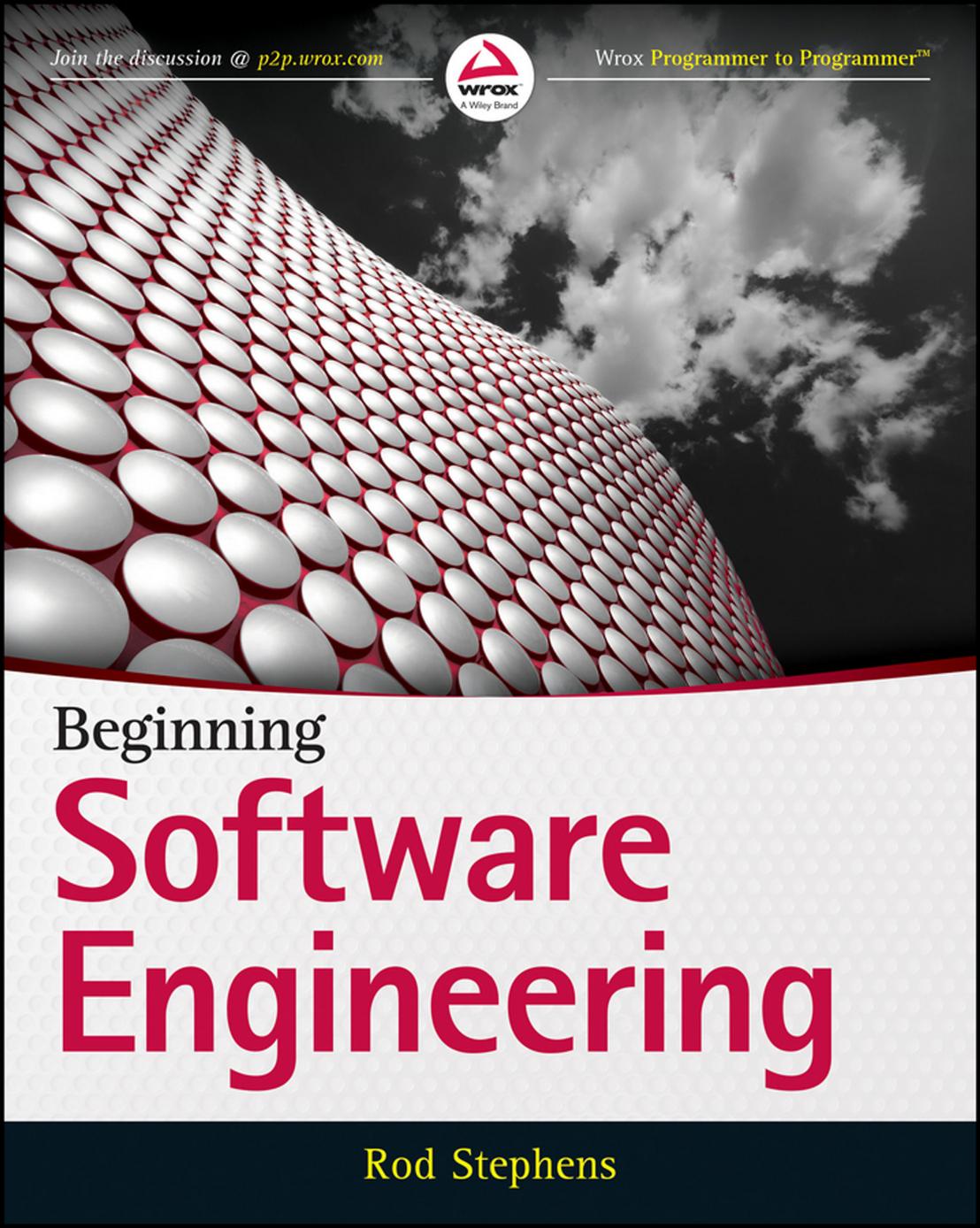Beginning Software Engineering by Rod Stephens

Author:Rod Stephens
Language: eng
Format: epub, pdf
ISBN: 9781118969175
Published: 2015-02-27T00:00:00+00:00
Gradual Cutover
In gradual cutover, you install the new application for some users while other users continue working with their existing system. You move one user to the new application and thoroughly test it. When you’re sure everything is working well, you move a second user to the new system. When that user is up and running, you install a third user, then a fourth, and so on until everyone is running the new application.
The advantage to this approach is that you don’t destroy every user’s productivity if something goes wrong. The first few guinea pigs may suffer a bit, but the others will continue with business as usual until you work out any tangles in the installation procedure. Hopefully, you’ll stumble across most of the unexpected problems with the first couple of users, and deployment will be effortless for most of the others.
One big drawback to this approach is that the system is schizophrenic during deployment. Some users are using one system while others are doing something different. Depending on the application, that can be hard to manage. You may need to write extra tools to keep the two groups logically separated, or you may need to impose temporary rules of operation on the users.
For example, suppose you’re building version 2.0 of your AdventureTrek program, an application that lets customers make reservations for adventure treks such as BASE jumping off of national monuments, kayaking over waterfalls, and hang gliding over active volcanos. Unfortunately, the new version uses an updated database format to accommodate your latest offering: wing-walking on jets.
Now consider what happens when you move a user to the new system. The database is full of records in the old format. Either the 2.0 user must work with the old records, or the system must route the old records to users that are still on version 1.0. After the 2.0 user creates some new records, the system must route those records only to that user because the others can’t read a version 2.0 record.
Eventually you’ll move all the users to the new version and, at that point, no one will work with the older records. Obviously you need to convert the older records into the new format at some time. Of course, once you do, people using version 1.0 won’t be able to do anything, so you’ll need to switch them all over to version 2.0 right away.
Figure 9.1 shows a Gantt chart that gives one possible schedule for migrating all 20 users to the new version.
Download
Beginning Software Engineering by Rod Stephens.pdf
This site does not store any files on its server. We only index and link to content provided by other sites. Please contact the content providers to delete copyright contents if any and email us, we'll remove relevant links or contents immediately.
Deep Learning with Python by François Chollet(12587)
Hello! Python by Anthony Briggs(9924)
OCA Java SE 8 Programmer I Certification Guide by Mala Gupta(9800)
The Mikado Method by Ola Ellnestam Daniel Brolund(9784)
Dependency Injection in .NET by Mark Seemann(9347)
Algorithms of the Intelligent Web by Haralambos Marmanis;Dmitry Babenko(8309)
Test-Driven iOS Development with Swift 4 by Dominik Hauser(7770)
Grails in Action by Glen Smith Peter Ledbrook(7704)
The Well-Grounded Java Developer by Benjamin J. Evans Martijn Verburg(7565)
Becoming a Dynamics 365 Finance and Supply Chain Solution Architect by Brent Dawson(7137)
Microservices with Go by Alexander Shuiskov(6899)
Practical Design Patterns for Java Developers by Miroslav Wengner(6817)
Test Automation Engineering Handbook by Manikandan Sambamurthy(6757)
Secrets of the JavaScript Ninja by John Resig Bear Bibeault(6422)
Angular Projects - Third Edition by Aristeidis Bampakos(6175)
The Art of Crafting User Stories by The Art of Crafting User Stories(5697)
NetSuite for Consultants - Second Edition by Peter Ries(5628)
Demystifying Cryptography with OpenSSL 3.0 by Alexei Khlebnikov(5440)
Kotlin in Action by Dmitry Jemerov(5072)
